As “dupe culture” thrives on social media, consumers are actively—and unapologetically—seeking affordable alternatives to premium products. TikTok hauls, side-by-side comparisons, and influencer shoutouts have turned budget-friendly lookalikes into viral sensations. Luxury aesthetics, it seems, are now more accessible than ever—but at what cost?
This cultural shift doesn’t spell doom for luxury brands. In fact, it presents a clear opportunity for reinvention. In 2025, the most successful high-end brands aren’t just selling exclusivity—they’re selling meaning. Because when everything can be copied, the only thing that can’t be duplicated is authenticity.
Dupe culture isn’t rooted in disloyalty; it’s driven by a desire for value. Consumers— especially younger ones—are looking for smart, stylish purchases that reflect their tastes without breaking their budgets. But that doesn’t mean they’re unwilling to pay more for something real. What they want from luxury today isn’t just the logo—it’s the story, the values, the craft, and the emotion behind it.
Luxury in 2025 is being redefined by substance over status. Sustainability, ethical sourcing, and cultural relevance are now key drivers of perceived value. A beautiful bag is still a beautiful bag, but it holds more weight—literally and figuratively—when it’s made from responsibly sourced materials by skilled artisans in a region known for its heritage. That kind of detail isn’t just a feature—it’s the brand.
To thrive in the era of dupes, brands must double down on what makes them irreplaceable. That means leaning into origin stories, elevating quality, and building a deeper emotional connection with customers. Luxury can no longer rely on price tags alone—it must communicate purpose.
We’re seeing this play out across fashion, beauty, wellness, and design. The brands winning in this new landscape aren’t trying to outpace the imitators—they’re refusing to play the same game. Instead, they’re investing in storytelling, offering transparency into their process, and fostering real community. They’re not afraid to be niche, complex, or even polarizing—because those are the traits that make a brand feel real.
As imitation becomes faster, cheaper, and more algorithmically optimized, the true competitive advantage lies in being unmistakably yourself. Consumers can get “the look” anywhere. What they can’t get from a dupe is the legacy. The intention. The magic.
Authenticity isn’t a trend—it’s a moat. And in 2025, it’s deeper than ever. Luxury brands that focus on being clear in their values, consistent in their voice, and courageous in their creative will continue to thrive. Not because they’re more expensive—but because they’re more meaningful.
So no, dupe culture isn’t killing luxury. It’s challenging it and forcing it to evolve. And that evolution is a good thing.
